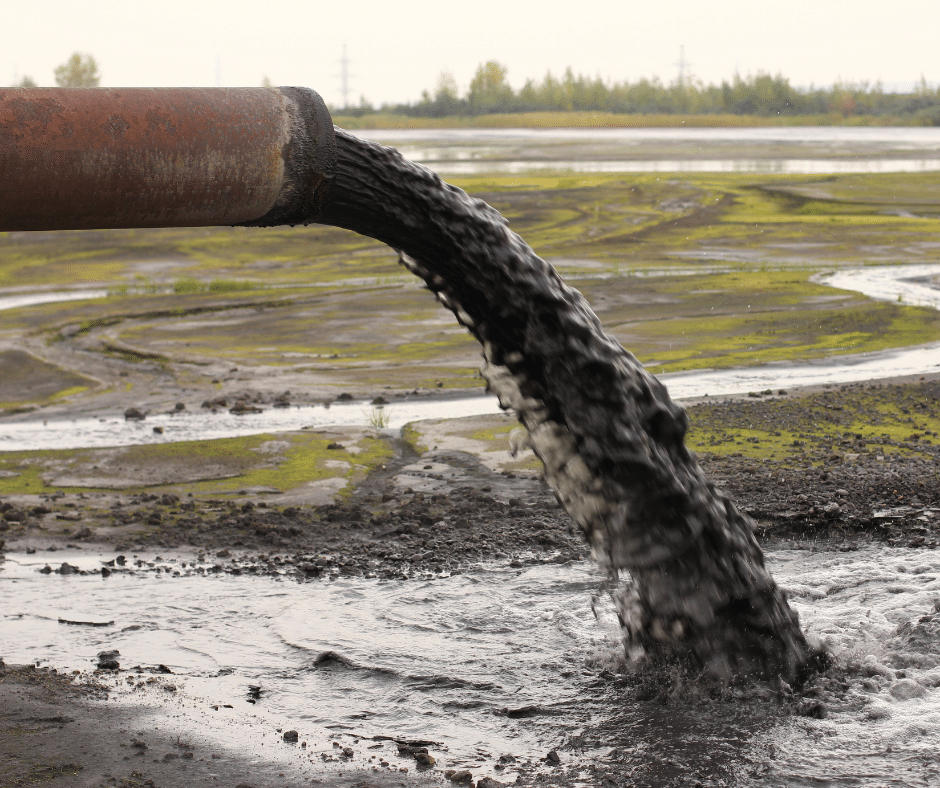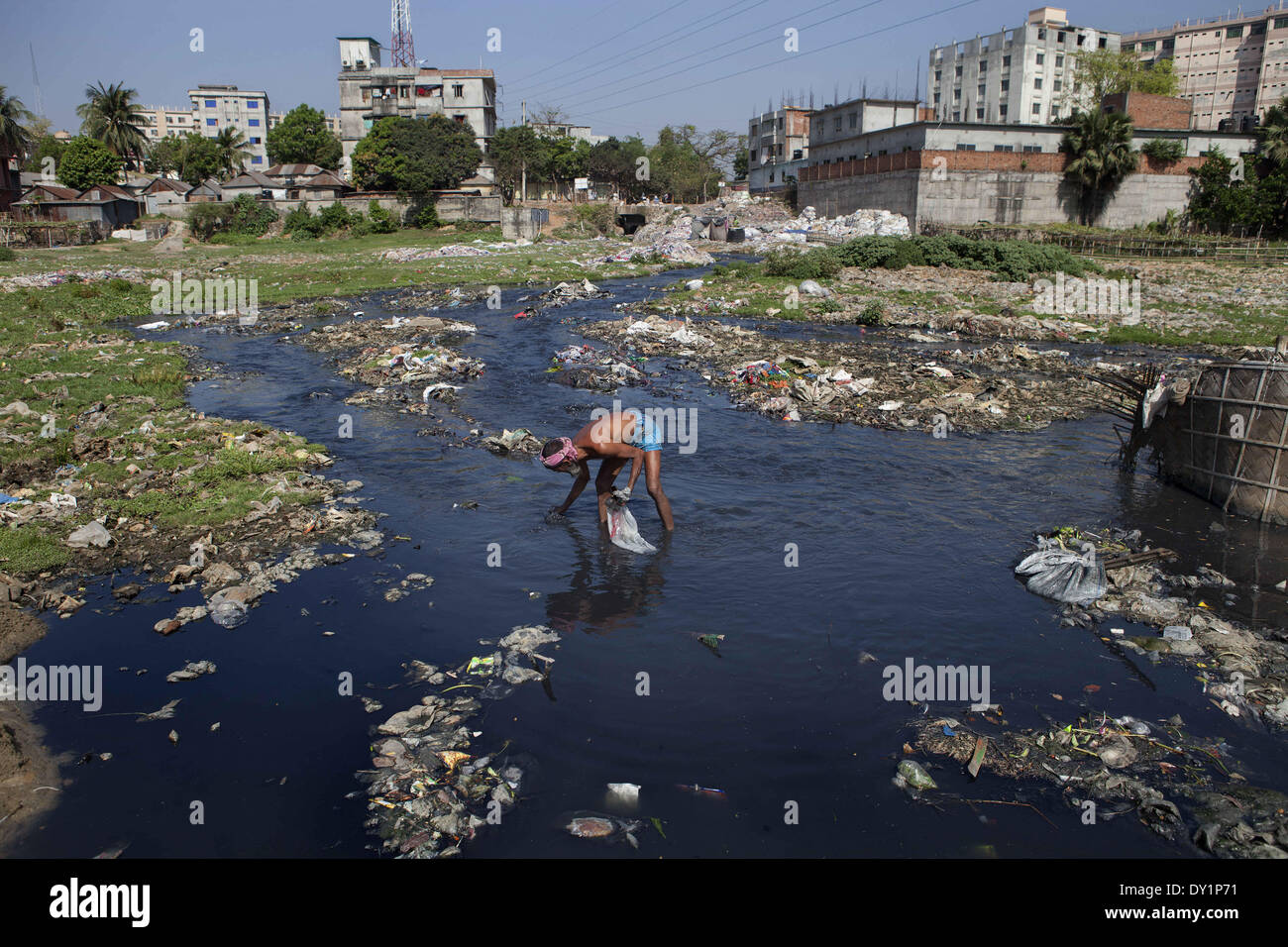Just How Liquid Waste Disposal Functions: A Detailed Introduction of Strategies and Technologies Employed

Review of Fluid Waste Types
The intricacy of fluid waste kinds necessitates a thorough understanding of their characteristics and implications for disposal. Fluid waste can broadly be classified right into several types, consisting of industrial, local, farming, and contaminated materials. Each group displays distinct homes, needing details management strategies to reduce ecological and health risks.
Industrial liquid waste originates from producing procedures and frequently has a variety of contaminants, such as hefty metals, solvents, and natural compounds. Local liquid waste, largely consisting of wastewater from households and commercial establishments, consists of organic issue, nutrients, and microorganisms (industrial wastewater treatment). Agricultural liquid waste, consisting of overflow from farms, may include fertilizers, pesticides, and pet waste, posturing threats to water top quality and ecological communities
Hazardous liquid waste is identified by its toxicity, reactivity, or prospective to cause damage. This category includes compounds like acids, bases, and specific chemicals that require stringent handling and disposal protocols. Comprehending these diverse liquid waste kinds is important for creating reliable disposal approaches and ensuring conformity with environmental regulations. Proper category and characterization are important for applying proper therapy techniques and decreasing the adverse impacts on public health and the environment.
Physical Treatment Methods

Screening is the first step, where bigger fragments and debris are removed from the fluid waste utilizing screens or grates. This procedure shields downstream equipment from damages and makes certain smoother operation. Complying with testing, sedimentation uses gravitational force to different solids from fluids. In sedimentation tanks, larger bits clear up at the base, creating a sludge layer, while the clarified fluid can be further treated.
Filtration is one more important approach that entails passing the fluid via porous products, such as sand or membrane layers, to capture smaller sized bits. This step enhances the high quality of the liquid, making it suitable for succeeding treatment procedures.

Chemical Therapy Strategies
Chemical therapy methods are necessary for properly managing liquid waste, particularly in dealing with dissolved and colloidal contaminants that physical approaches might not effectively remove. These methods utilize various chemical agents to reduce the effects of, precipitate, or change harmful substances right into less unsafe types.
One common technique is coagulation and flocculation, where chemicals such as alum or ferric chloride are contributed to advertise the aggregation of suspended fragments. This procedure improves sedimentation, permitting simpler removal of the resulting sludge. In addition, oxidation processes, using representatives like chlorine or ozone, are used to damage down complex organic compounds and virus, making the waste safer for discharge or more treatment.
Neutralization is another important technique, which adjusts the pH of acidic or alkaline waste streams to neutral degrees, preventing prospective harm to downstream systems and the environment. Additionally, progressed oxidation processes (AOPs) make use of mixes Our site of oxidants and ultraviolet light to break down persistent toxins, accomplishing a greater degree of treatment efficiency.
Biological Treatment Procedures
Organic treatment processes play a crucial duty in the management of fluid waste by making use of bacteria to decompose organic matter and reduce impurity levels. These procedures can be broadly classified right into aerobic and anaerobic treatments, each using specific microbial areas to achieve effective waste degradation.
Cardiovascular treatment involves the usage of oxygen to facilitate the breakdown of organic products by germs. This process is typically executed in triggered sludge systems, where aeration containers give a conducive environment for microbial development, bring about the oxidation of organic toxins. The resultant biomass can be divided from dealt with effluent with sedimentation.
In comparison, anaerobic therapy takes place in the absence of oxygen, counting on different germs to break down raw material. This method is especially helpful for high-strength waste, as it creates biogas, a sustainable energy source, while lowering sludge production. Technologies such as anaerobic digesters are often utilized in industrial and community applications.
Both aerobic and anaerobic biological treatments not only lessen the ecological impact of fluid waste but also promote source healing, making them check out this site essential elements of sustainable waste management approaches. Their efficiency, efficiency, and flexibility support their widespread execution across different fields.
Arising Technologies in Disposal
Ingenious strategies to fluid garbage disposal are rapidly developing, driven by advancements in modern technology and a raising emphasis on sustainability. Amongst these emerging technologies, membrane layer bioreactors (MBRs) have actually acquired traction for their capacity to combine biological therapy with membrane purification, leading to top quality effluent that can be recycled in various applications. MBRs allow smaller sized impacts and more effective operations contrasted to typical systems.
Another encouraging development is making use of anaerobic digestion incorporated with nutrient healing modern technologies, which not only treats fluid waste yet additionally generates biogas and recoups useful nutrients like nitrogen and phosphorus. This double benefit boosts resource performance and reduces ecological impact.
Furthermore, progressed oxidation processes (AOPs) are being taken on for the deterioration of complex organic toxins. These methods utilize powerful oxidants and drivers to damage down impurities at the molecular level, using a highly effective remedy for difficult waste streams.
In addition, the integration of expert system and equipment understanding in waste administration systems is enhancing functional effectiveness and anticipating upkeep, causing lowered costs and enhanced ecological compliance. These modern technologies show a considerable shift in the direction of even more lasting and effective fluid waste disposal practices.
Final Thought
To conclude, reliable liquid garbage disposal demands a thorough understanding of numerous techniques and modern technologies. The integration of physical, chemical, and organic therapy techniques makes certain the effective administration of diverse waste kinds. Additionally, the emergence of innovative modern technologies enhances treatment efficiency and advertises sustainability in waste management techniques. By constantly progressing these approaches, it becomes feasible to deal with the expanding obstacles related to fluid waste, eventually adding to environmental protection and source recuperation.
Liquid waste disposal is a crucial facet of environmental monitoring, calling for a thorough understanding of various techniques and innovations tailored to various waste types. Fluid waste can broadly be classified into numerous kinds, consisting of commercial, metropolitan, agricultural, and hazardous waste. Agricultural other liquid waste, consisting of overflow from ranches, might contain plant foods, chemicals, and pet waste, posing risks to water high quality and environments.
Different physical therapy techniques play an important function in taking care of liquid waste efficiently - industrial wastewater treatment.In verdict, reliable fluid waste disposal necessitates a detailed understanding of different strategies and technologies
Comments on “Expert Liquid Waste Removal Melbourne: Keeping Your Setting Clean”